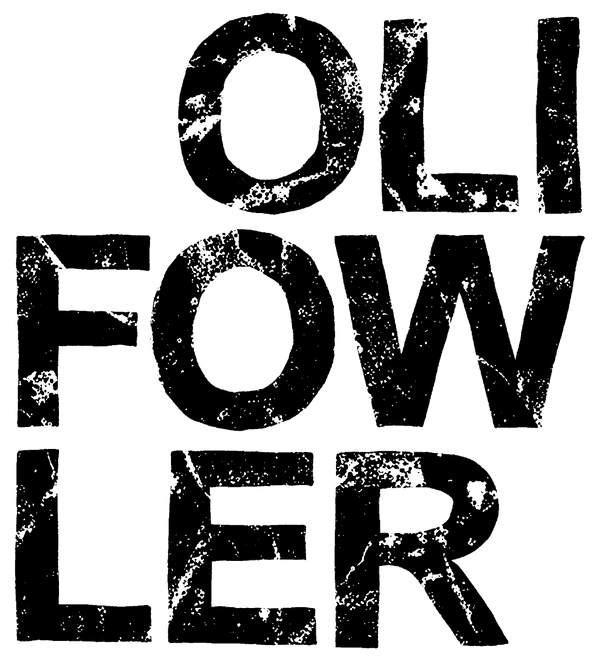
The Craft vs. The Copy
Here’s the biggest, most fundamental difference. A digital print is a reproduction. A high-quality one, for sure, but still a reproduction. A machine reads a file and sprays microscopic dots of ink onto paper to replicate an image that exists on a screen. It can do this a thousand times and every single one will be identical.
Screen printing isn't a reproduction process; it's a printmaking one. Each colour is a separate physical stencil, a separate layer of ink, pulled by hand with a squeegee. The artist is actively making a print, not just overseeing a machine. It's a hands-on, messy, physical act. This means every print in an edition, while consistent, has a ghost of the human who made it. A tiny variation, a unique character. It's an original multiple, not a mass-produced copy.
Colour You Can Actually Feel
Ever look at a screen print up close? I mean, really close. You'll see that the ink isn't part of the paper. It sits proudly on top of it. It’s a tangible, physical layer. You can sometimes see the texture, the slight thickness where the ink was deposited. This is because we’re pushing proper, viscous pigment through a screen. You get colours with a depth and vibrancy that digital printing just can't touch. Fluorescent pinks that burn your retinas, deep blacks that feel like a void, metallics that properly shimmer.
A digital print absorbs ink *into* the paper fibres. It’s flat. Lifeless, by comparison. It's trying to trick your eye with dots. A screen print doesn't need to trick you; the colour is right there, a solid, bold statement you can practically feel.
Built to Outlast Your IKEA Furniture
This isn't just about art snobbery; it’s about longevity. The materials we use in traditional screen printing—high-quality, acid-free paper and archival, pigment-based inks—are chosen for one simple reason: to last. To not fade in the sun. To look just as good in 50 years as it does the day it comes out of the studio. This is why museums and serious collectors value prints made with these methods.
When you invest in a piece from Oli Fowler Art, or any other dedicated printmaker, you're buying a piece of permanent art. It’s an artefact. Not a disposable poster from a high-street shop that will be a pale, faded memory in a few years. You're buying something with integrity, from the paper fibres up.
So next time you see a screen print, don't just see the image. See the layers, the process, the physical presence of the ink. You're looking at the result of skill, patience, and a genuine love for the craft. It's more than a picture; it's a proper, tangible piece of art made with soul, not just a data file.
Ready to see the difference for yourself? Have a browse through the real deal and find a piece that speaks to you.
